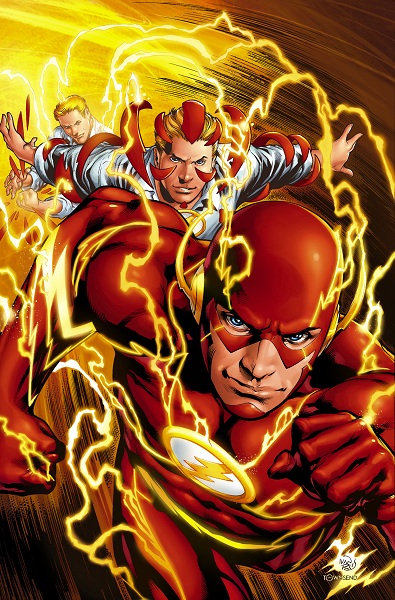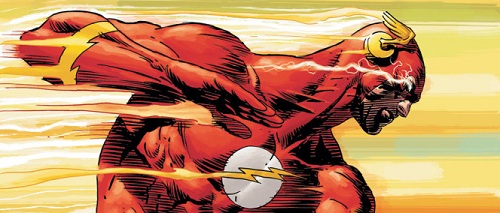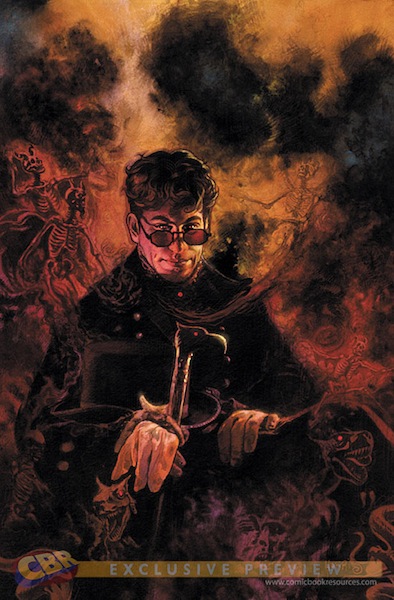DC editorial insisted repeatedly over the weekend that there’s no escape hatch, no trap door, no possible way for the old DC Universe to return after the New 52 establishes itself post-Flashpoint.
This is, to put it mildly, an exaggeration.
If the last decade at DC comics has shown us anything, it’s that a determined writer with a supportive editor (or a determined editor with a willing writer) can undo any change he wants, no matter how set in stone it was before.
There was no back door put in place during Crisis on Infinite Earths to bring back Kara Zor-El as Supergirl, or Krypto, or any of the Silver-Age elements of the Superman mythos that were removed by the “Man of Steel” reboot, but they came back anyway. Emerald Twilight was deliberately written to make it impossible to bring back Hal Jordan as Green Lantern, but we not only got Hal back, we got the Guardians and the entire Corps. Neither the reboot nor threeboot Legion of Super-Heroes set up a way to go back to the previous version, and yet the pre-Zero Hour Legion is back in action.
Marv Wolfman actually did write a trap door into Barry Allen’s death in Crisis on Infinite Earths. The idea was that, since he was running through time at the time he died, he could be plucked out of that run at any point for more adventures, but would live always knowing that he would eventually have to go back and sacrifice himself. It sat there, unused, for over 20 years, and when DC eventually brought Barry back to life, they did it another way, without using the trap door.
Trap doors don’t matter.
What matters is editorial direction.
When Dan Didio, or Eddie Berganza, or Jim Lee stands up there on stage at Comic-Con and says, “There’s no escape hatch,” they don’t mean they’ve set up the premise so that no one can go back. If they really want to, they’ll find a way.
It’s just an “in-story” way of saying that they’re committed to the new direction and determined to see it through.




